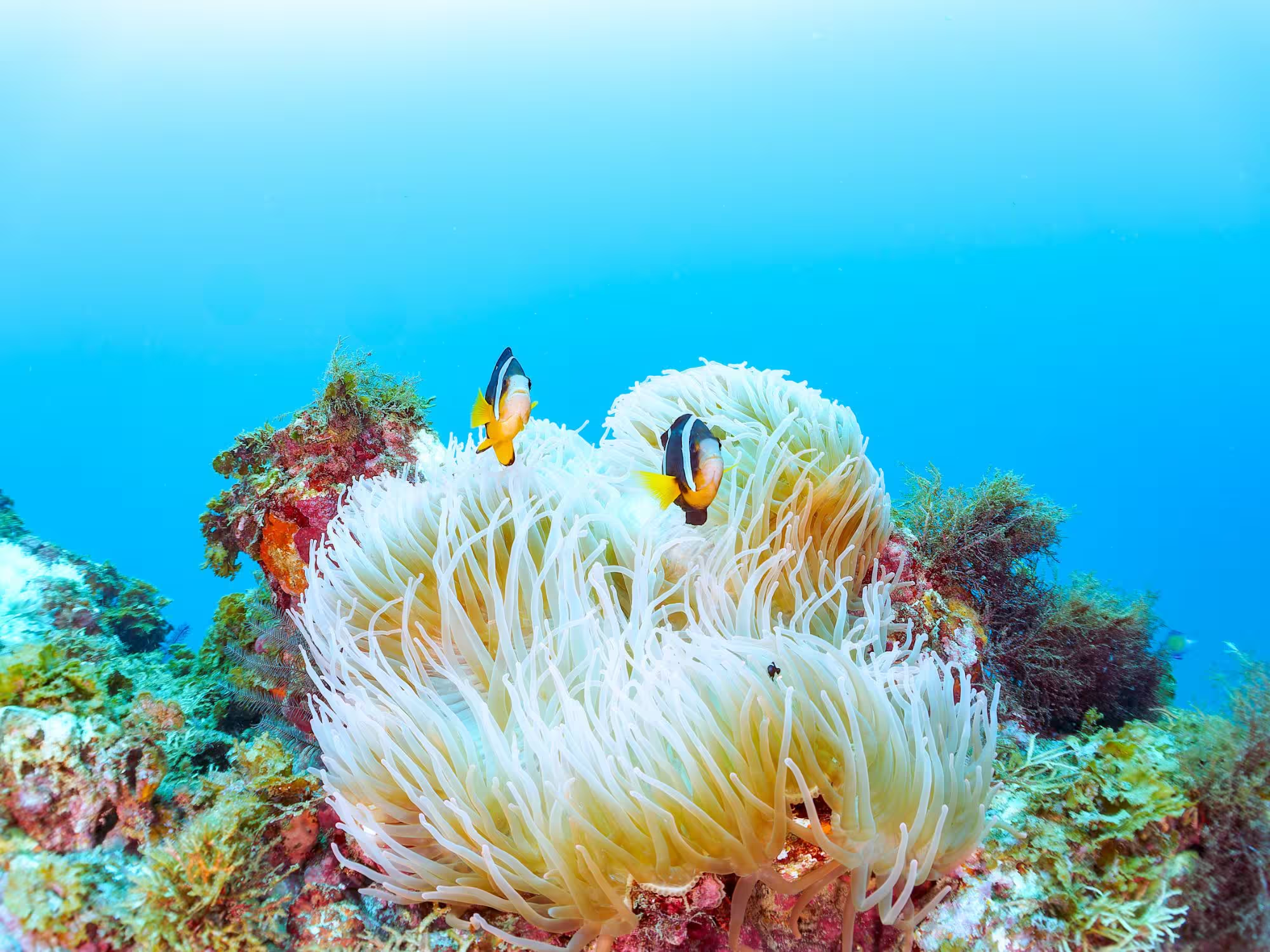Development of novel genetic tools for studying dinoflagellates and coral bleaching

Coral bleaching is one of the most catastrophic environmental consequences of global warming, as even if the affected corals manage to recover, the process is slow and results in significant biodiversity losses. Corals are a remarkable symbiosis between an animal and an alga, usually belonging to the group known as dinoflagellate algae, and a sub-group called Symbiodinium. The dinoflagellates live inside the coral cells and provide them with nutrients made by photosynthesis while receiving physical protection from the corals. When this symbiosis breaks down, coral bleaching occurs and the corals expel the dinoflagellate symbionts. Although the exact mechanism is not known, the breaking of the symbiosis results from an increase in water temperature.
The project will test if the missing photosynthesis gene back can replaced in the dinoflagellate chloroplasts that have lost it. This will make the non-photosynthetic strains able to carry out photosynthesis once again. As it can reconstitute Symbiodinium into their coral hosts, the ability to modify dinoflagellate chloroplasts genetically will open up a whole new set of tools for studying biochemically what goes wrong in coral bleaching and how we might be able to avoid it happening.
